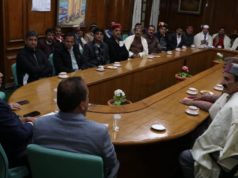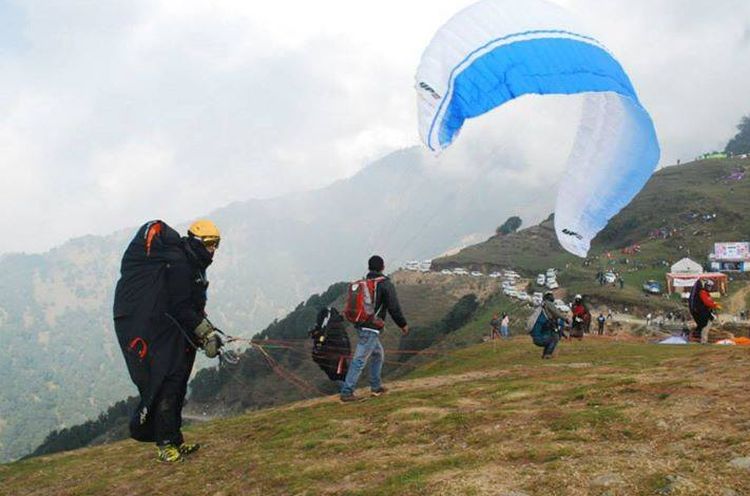Hatti Community Rejoices as Historic Decision Grants Reservation Rights and Access to Government Benefits
Shimla: In a significant development, the President of India, Draupadi Murmu, has given her approval to the amended Scheduled Tribe Bill, officially recognizing the Hatti tribes of 154 Panchayats in the Giripar area of Sirmour district as Scheduled Tribes. The bill’s passage through both the Lok Sabha and Rajya Sabha, following Union Cabinet approval, marks a historic day for more than 1.5lakh Hati tribespeople.
For over five decades, the Hatti community has pursued recognition as Scheduled Tribes, and their efforts finally bore fruit with President Murmu’s signature.
The Hati Scheduled Tribe Bill’s enactment signifies a pivotal moment for the Hatti tribes, who were previously devoid of the privileges and opportunities accorded to Scheduled Tribes. The community comprises 1.55 lakh individuals across the region, and they can now avail themselves of a range of rights and benefits that come with their newfound status.
Among those set to benefit are 33 Panchayats of Rajgarh Development Block in Pachhad Assembly Constituency, Nagar Panchayat Rajgarh, 35 Panchayats of Shillai Assembly Constituency, 44 Panchayats of Renuka Assembly Constituency, 18 Panchayats of Paonta Assembly Constituency and 23 Panchayats of Tilordhar Development Block.
With the Hati tribes now part of the revised list of Scheduled Tribes in Himachal Pradesh, they will have access to various government schemes and benefits. These include opportunities for government employment, admission to educational institutions, post-matric scholarships, national foreign scholarships, higher education prospects, and concessions from the National Scheduled Tribes Finance and Development Corporation, among others.
Gratitude and appreciation poured in from local leaders and community members, who thanked the President and the Union Government for recognizing the long-standing demand of the Hati community. They expressed hope that this recognition would pave the way for enhanced growth, inclusivity, and development in the region.







